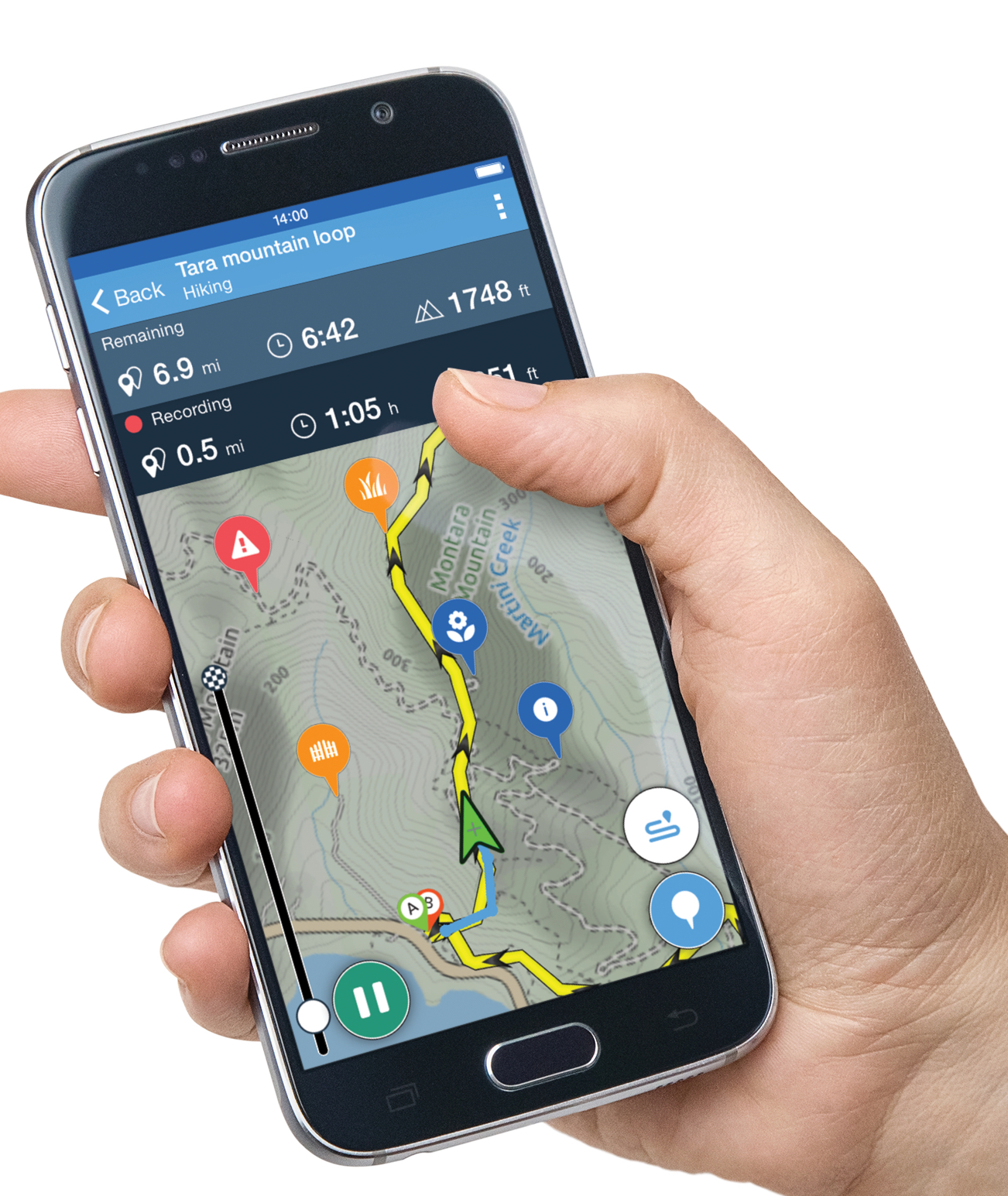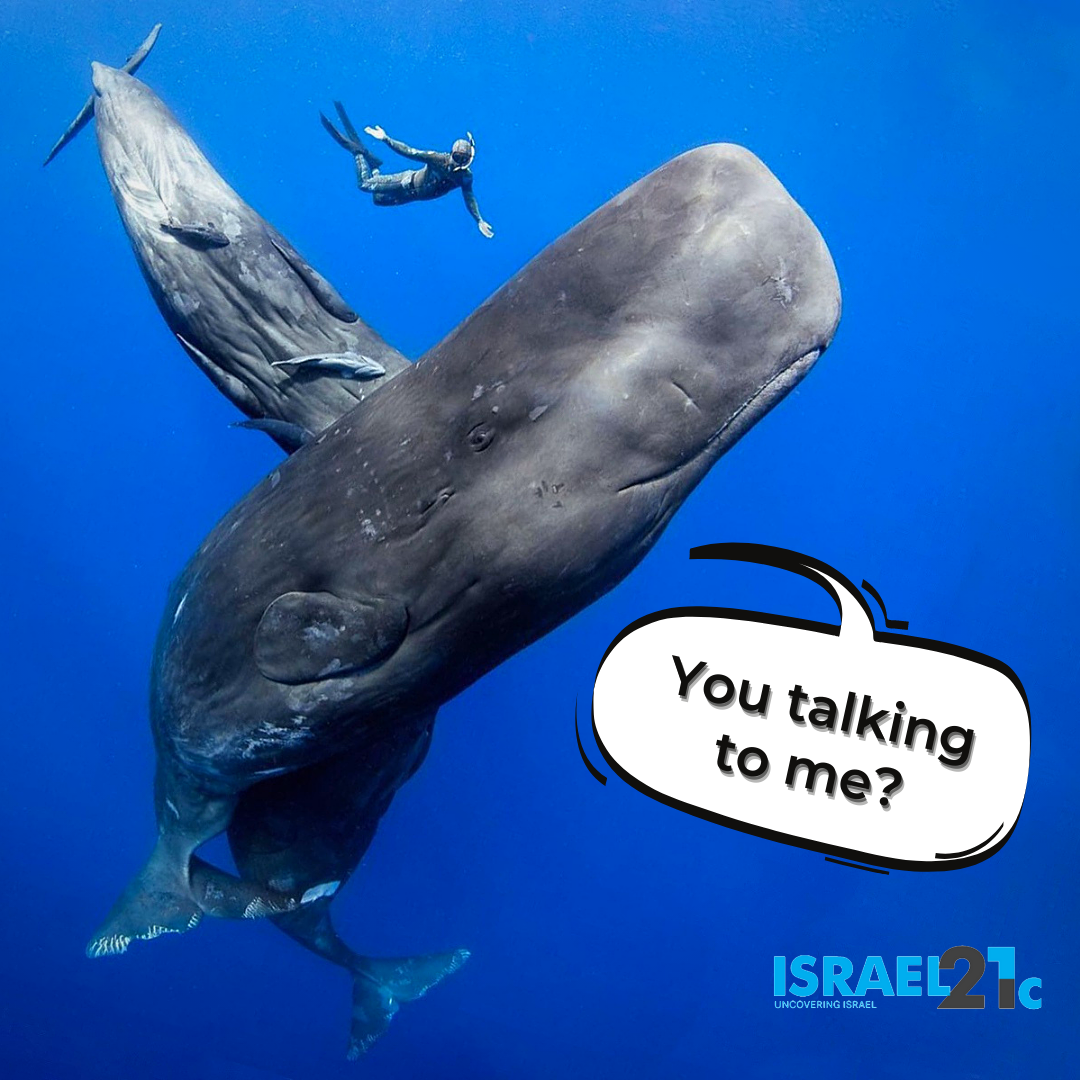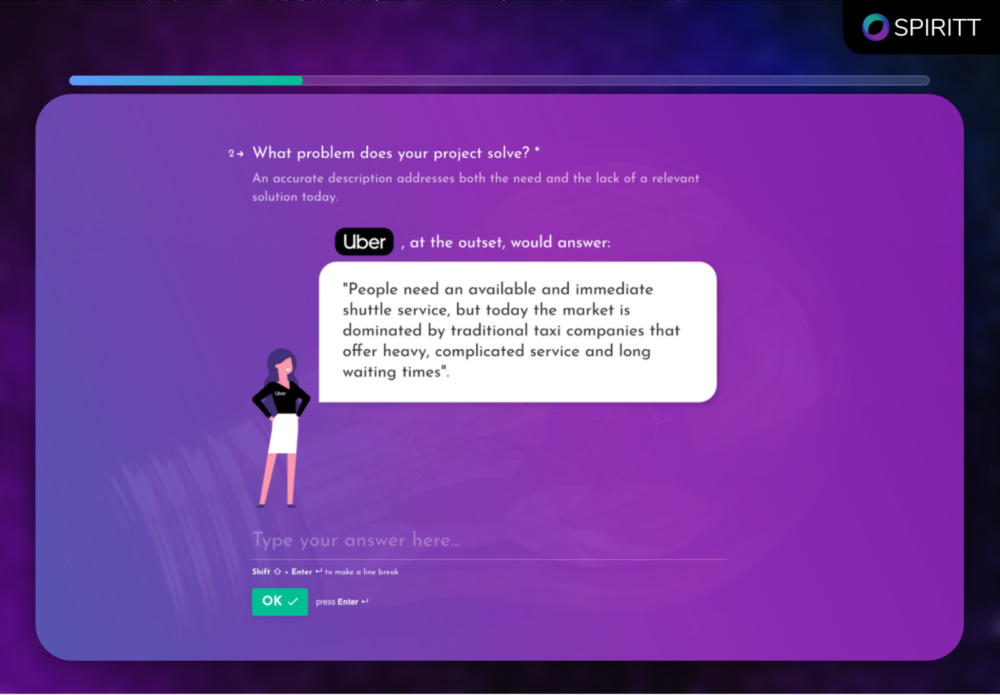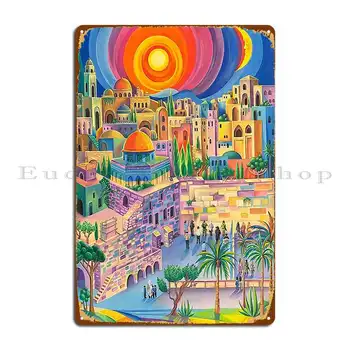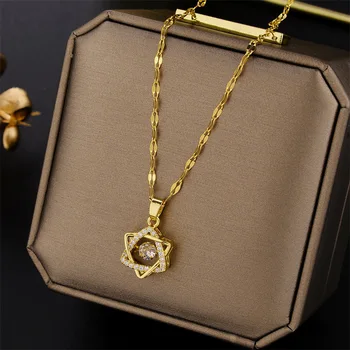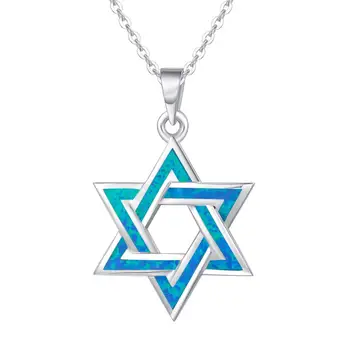Day 1
Begin your visit by heading straight to Jaffa, the picturesque ancient port from which Jonah set sail before being swallowed by the whale, where King Solomon imported the cedars of Lebanon to build the Temple in Jerusalem, and where Peter had his vision at Simon the Tanner’s home.
Don’t miss the visitor center in Kedumim Square that showcases the history of the city and is built around antiquities from the time of Jesus. Enjoy a beautiful view of modern Tel Aviv from Jaffa, before driving through the city.
Tour Tel Aviv’s White City to see the preservation of buildings of Bauhaus architecture (a UNESCO World Heritage Site) including Independence Hall, where Ben-Gurion declared independence in 1948.
Sheinkin Street is famous for its fun shopping, dining and people-watching in a youthful atmosphere, while the open-air Carmel fruit and vegetable market is a treat for all the senses. On Tuesdays and Fridays, the Nahalat Binyamin pedestrian mall comes alive with stalls selling handicrafts of every type.
Overnight in the Tel Aviv or Netanya area.
Day 2
Drive north across the Sharon Plain to the excavations of the ancient city and port at Caesarea National Park. King Herod built Caesarea in honor of his patron Emperor Augustus in the mid-first century BCE, and Pontius Pilate ruled the country from here.
Peter’s story, which you began to explore in Jaffa, continues here when he baptized Cornelius the Centurion in Caesarea. It was from this port that Paul set sail to preach in communities all over the Mediterranean, where he was later imprisoned for two years and appeared before Felix, Festus and King Agrippa. All these events are reflected in the ruins you’ll tour, including the Roman theater, the hippodrome and Herod’s palace, as well as mosaics and other remains from the centuries when Caesarea was an important Christian center, and the Crusader walls, moat and gates.
Drive through the Ara Valley to Tel Megiddo, the Armageddon of Revelations 16:16. Tour the remains of one of the most intensively inhabited sites in the country with over 25 levels of settlement, spanning some 3,000 years, including walls, gates, palaces and dwellings from the time of King Solomon, King Ahab and the Assyrians. A highlight will be your walk through the water system, one of the great engineering marvels of antiquity.
Cross the Jezreel Valley, sometimes called “the battlefield of the Bible” and now Israel’s breadbasket, to Mt. Tabor to hear the account of the prophetess Deborah gathering her forces here in the time of the Judges to battle against Sisera. Jesus came to Tabor with Peter and James, was transfigured before them, and met with Moses and Elijah. After a breathtaking view of the valley below, visit the beautiful two-level Church of the Transfiguration.
Continue to Nazareth to visit Nazareth Village, a full-scale reconstruction of life in Nazareth during the time of Jesus.
Continue to the centuries-old Church of St. Gabriel, which houses the village spring – one of the few authentic remains of the time of Jesus to be seen in Nazareth.
Drive across the Galilee Mountains via Cana, the scene of Jesus’ first miracle of changing water into wine, and home of Nathanael.
Stop for a breathtaking overview of the Sea of Galilee and the scenes of Jesus’ Galilee ministry that you will be visiting over the next few days from the Arbel Cliff.
Overnight in the Sea of Galilee area.
Day 3
Begin your day at Kibbutz Ginosar to see the magnificent display of the wooden Galilee Boat, dating from the time of Jesus, which was discovered, mired in the mud on the shore of the Sea of Galilee. Continue from Ginosar with a boat-ride across the Sea of Galilee, stopping for devotions as the waves lap quietly around the boat, recalling ancient times.
Land near Capernaum to visit the ruins of this village, often called the hometown of Jesus, with its synagogue, church marking the home of Peter, and dwellings from the time of Jesus.
Next, stop at the nearby Chapel of the Primacy of Peter, where Jesus appeared to the Apostles after the resurrection, where you can go right down to the water’s edge in beautiful surroundings. Nearby is the site of the miracle of the loaves and fishes at Tabha, with its famed mosaic depicting the two fishes and the five loaves Jesus multiplied.
Continue north to the Mount of Beatitudes, the hill where Jesus preached the Sermon on the Mount to the multitudes that stood below, with a beautiful view of the Sea of Galilee.
In the afternoon, visit Tel Dan, one of the most important biblical mounds in the country. Here archaeologists discovered an inscription with the words “House of David,” and you can see a gateway from the time of Abraham, as well as the High Place of Jeroboam and the Israelite gate.
Continue to Caesarea Philippi, now known as Banias. Open your Bible among the ruins of pagan temples to consider the words Jesus spoke here: “Who do people say the Son of Man is?” (Matt. 16:13). As at Dan, you’ll also enjoy the natural beauty of Banias nestled on the flourishing banks of one the Jordan’s main tributaries.
Overnight in the Sea of Galilee area.
Day 4
Today you’re heading up to Jerusalem! But before you leave the Sea of Galilee area, begin the day with an inspiring visit to Yardenit, the baptismal site located at the Jordan River on the southern tip of the Sea of Galilee.
Driving south along the Jordan Valley your next stop will be the ancient city of Beit She’an. On the walls of this once-powerful city that controlled the gateway to the land of Israel the Philistines hung the bodies of Saul and his three sons, whom they had defeated in battle on nearby Mount Gilboa. You can climb to the top of the huge mound of biblical antiquities, and see many magnificent remnants of this city that was the capital of the Decapolis cities where the Gospels say the fame of Jesus spread during his public ministry.
Continue down the Jordan Valley, seeing Jericho, and the Mountains of Ammon and Moab in Jordan, as you ascend through the Judean Desert to the Holy City.
Before heading to your hotel in Jerusalem, stop for your first moving view of the Holy City from Mount Scopus, and open your Bibles to read “Our feet are standing in your gates, O Jerusalem (Psalm 122:2) and others of the Psalms of Ascent.
Overnight in Jerusalem.
Day 5
Welcome the day with one of the most magnificent views in the world: ancient Jerusalem as seen from the top of the Mount of Olives. Allow some time to visit the various churches on the summit, among them: Pater Noster, where the prayer “Our Father” is inscribed in dozens of languages, and the Church of Ascension, marking the place where Jesus ascended to Heaven.
Take the “Palm Sunday Walk” down the Mount of Olives in the footsteps of Jesus. On the way, stop at Dominus Flevit Church (The Lord Wept), marking the site of Jesus’ weeping over the city (Luke 19: 37-42). At the Garden of Gethsemane at the base of the mountain, you can spend time pondering and praying about the time Jesus spent here with his disciples before his arrest.
Enter the Old City via Lion’s Gate, also known as St. Stephen’s Gate to the Pools of Bethesda, where Jesus healed a paralytic (John 5: 2-9). Christian groups love to raise their voices in song at the adjacent Church of St. Anne.
Walking up through the Old City streets, your next stop can be the Sisters of Zion Convent, built over the Praetorium, where Jesus was judged by Pontius Pilate and took up the cross, marked by the Ecce Homo (“Here is the Man” – John 19:5) Arch over the street. This site marks the beginning of the Via Dolorosa, the Way of Sorrows, which tradition says Jesus went with the cross to Calvary. Today, it passes through the colorful Old City markets to the Church of the Holy Sepulcher. This is the site venerated by the Roman Catholic and the Orthodox world as the place of crucifixion, death, burial and resurrection of Jesus.
The day will end with a visit to the Garden Tomb. Located 500 meters to the north of Damascus Gate, this ancient cemetery discovered approximately 130 years ago by the British General Charles Gordon has become a moving site in which to recall the crucifixion and burial of Jesus, and spend time in these peaceful garden surroundings in prayer, song, fellowship and communion.
Overnight in Jerusalem.
Day 6
Start the day with a visit to Yad Vashem the Holocaust memorial, with its astounding new historical museum, Hall of Remembrance, Children’s’ Memorial and other moving sites.
Proceed to Ein Karem. This picturesque village is full of winding lanes, enchanting architectural features and lush green gardens. There are seven monasteries and convents inspired by various traditions at Ein Karem. It is said that John the Baptist was born here and that Mary drank from the Spring of the Virgin, still bubbling from a cave at an abandoned mosque near the center of the village.
Continue to the Israel Museum, home to the most important archaeological discovery of the 20th century – the Dead Sea Scrolls. An impressive model of Jerusalem in 69 CE sets the stage before entering the special shrine that contains the Scrolls. Stop at the square opposite the Knesset, to view Israel’s legislature and see the magnificent bronze menorah with its carvings depicting the biblical history of Israel and Zechariah’s immortal words “Not by might, nor by power but by My Spirit…” (4:6).
Finish the day with a visit to downtown Jerusalem’s Ben Yehuda and Nahalat Shiva pedestrian malls and meet Jerusalemites over a cup of coffee or a local dish at a cafe or restaurant, or stroll the open-air fruit and vegetable market, Mahane Yehuda. (Ask at your hotel about optional evening tours).
Overnight in Jerusalem.
Day 7
Head east out of Jerusalem through the Judean Desert to visit Qumran, where the famed Dead Sea Scrolls were found. Modern scholarship places a community of Essenes at this site, and it is possible that John the Baptist spent some time with the community here.
Drive along the shore of the Dead Sea, to the oasis at Ein Gedi, where David hid from King Saul, and you can hike to a desert waterfall.
In the afternoon, take the cable-car to the top of Massada, scene of the epic stand by Jewish rebels at the end of the great revolt against Rome nearly 2,000 years ago. The new museum at the visitor’s center reveals the secrets of the daily life of the rebels, the story of the excavations, and how the site became one of Israel’s most important symbols.
Enjoy a healthful and relaxing dip in the Dead Sea, the lowest, saltiest body of water on earth, before returning to Jerusalem.
